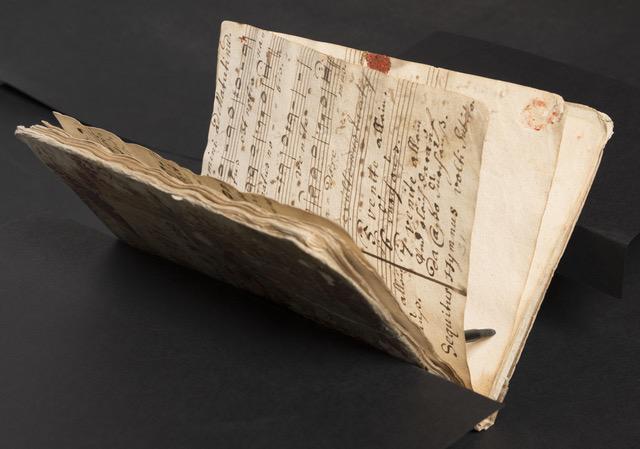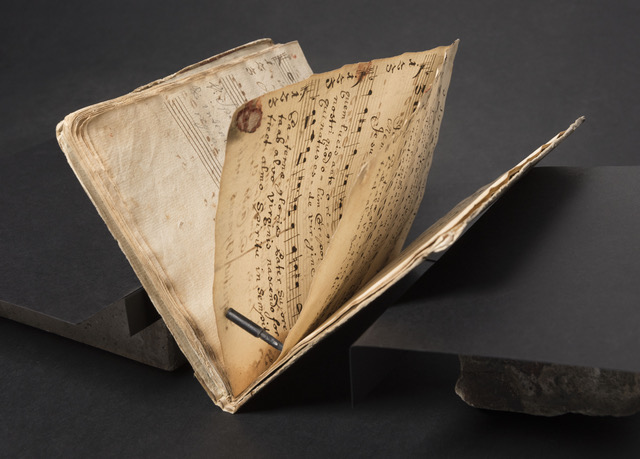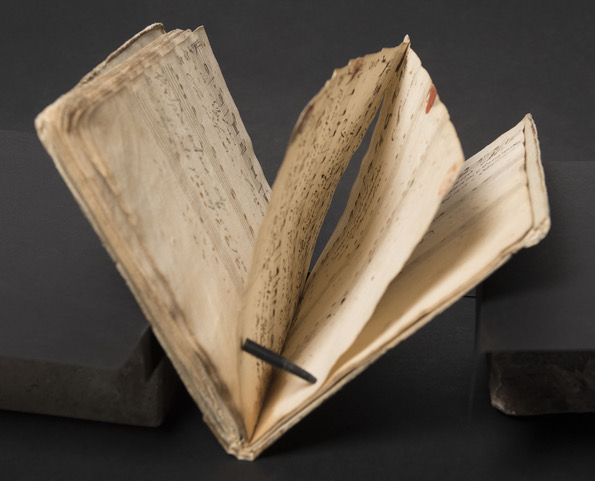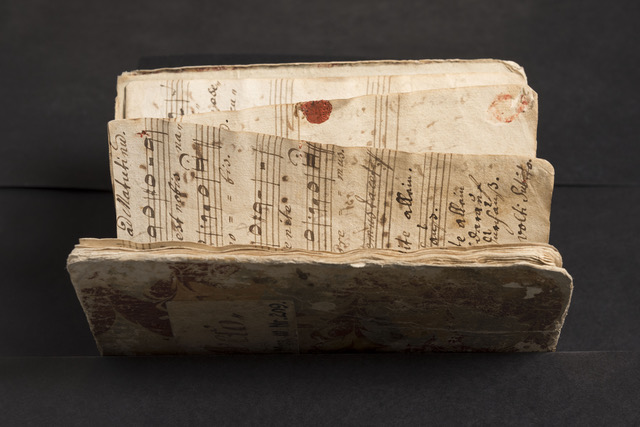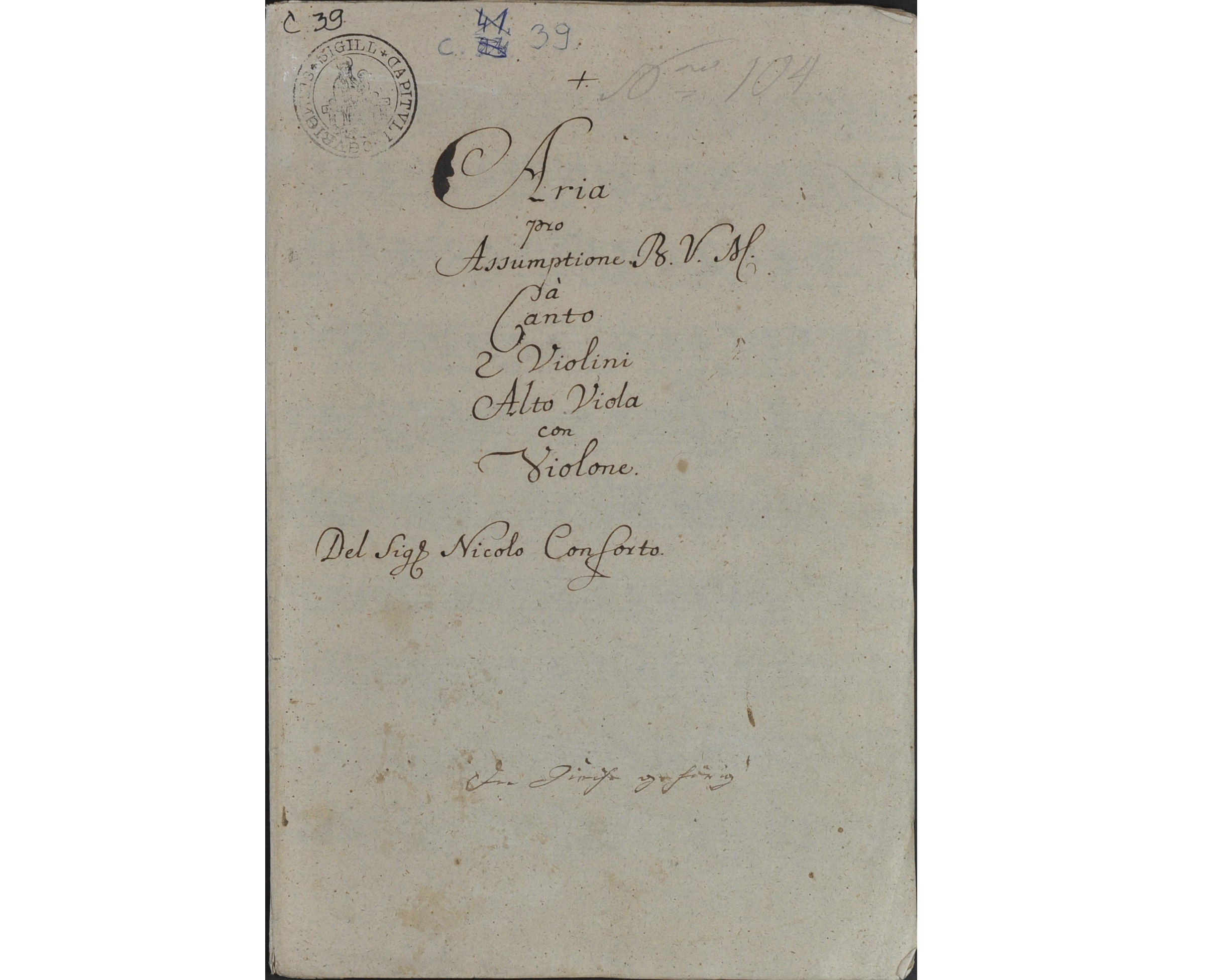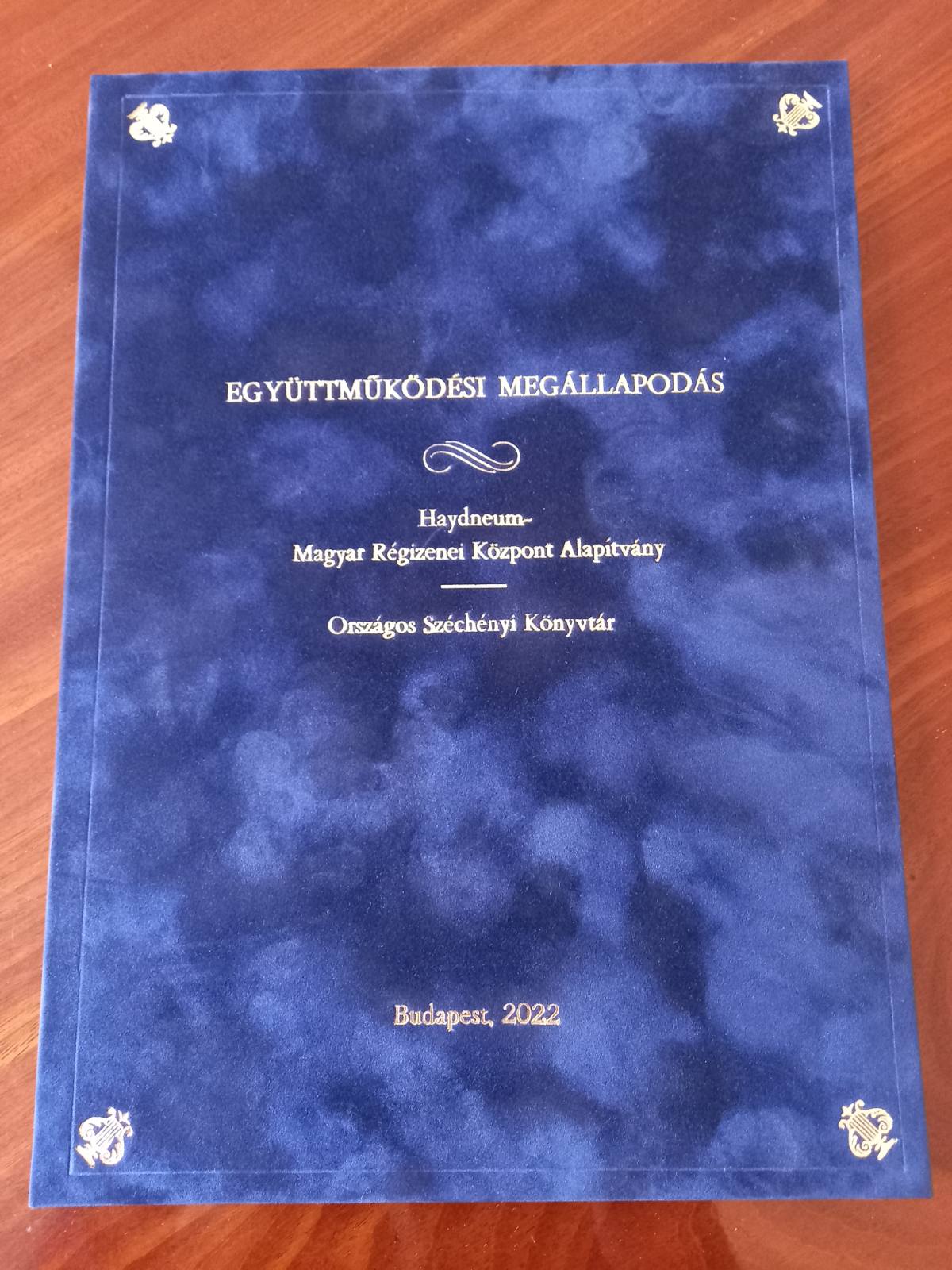The digitisation centre of the National Széchényi Library (OSZK), which has the largest and most modern equipment among the public collections of Central Europe, has been operational for a year. In connection with the inauguration of the centre, the OSZK and the Haydneum – Hungarian Early Music Centre have entered into a cooperation agreement, which has resulted in more than 20 000 digitised pages of music.
The aim of the collaboration is to process, exploit and revitalise the significant cultural, musical and musicological heritage of Hungary dating from 1600 to 1850.
Because of its enormous importance in the history of music, the two institutions were the first to work in depth on the works of Gregor Joseph Werner (Ms. Mus. III.): to date, 273 Werner volumes have been processed.
All the tools are available to digitise all types of documents in the holdings of the OSZK. The digitisation process is preceded by a pre-selection and a condition survey, which first of all examines the content and condition of the documents.
Digitisation is ongoing and a recent major achievement is the completion of the Ms. Mus. II. collection with 118 Michael Haydn volumes, which has now exceeded 20,000 digitised pages, a figure previously unthinkable. Ensuring the preservation of the original documents for posterity is an important part of the collaboration, and the library attaches great importance to their restoration.
Our staff have started to restore the Ms. Mus. IV . collection, the largest part of the Esterházy collectio, which includes works by other authors.
Modern scores of 37 Werner volumes have now been produced (and the list goes on), and the audience will be able to hear a selection of these at the closing concert of the II. Haydneum Festival of Sacred Music. These are the first works to have been through all the stages of the process (cataloguing, digitisation, restoration, modern scoring, performance/recording), and the main mission of the collaboration between the two institutions seems to be fulfilled: to bring back to the public works that have not been heard for centuries.



